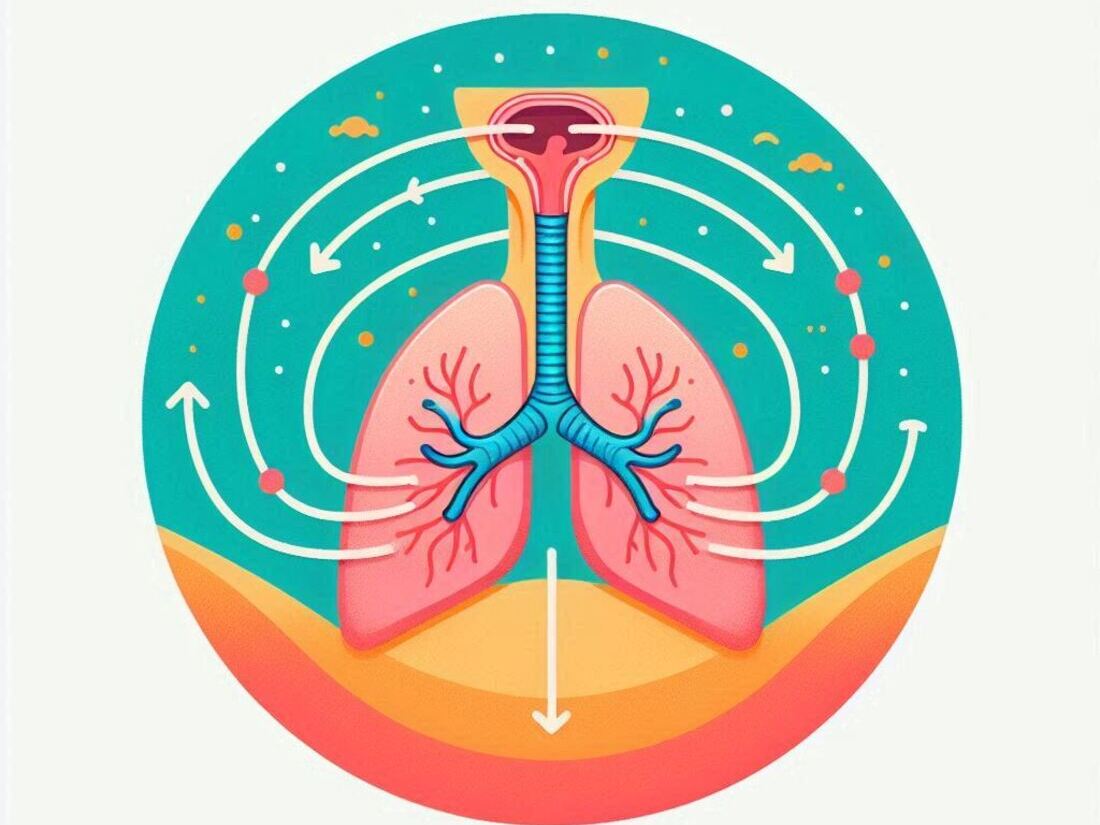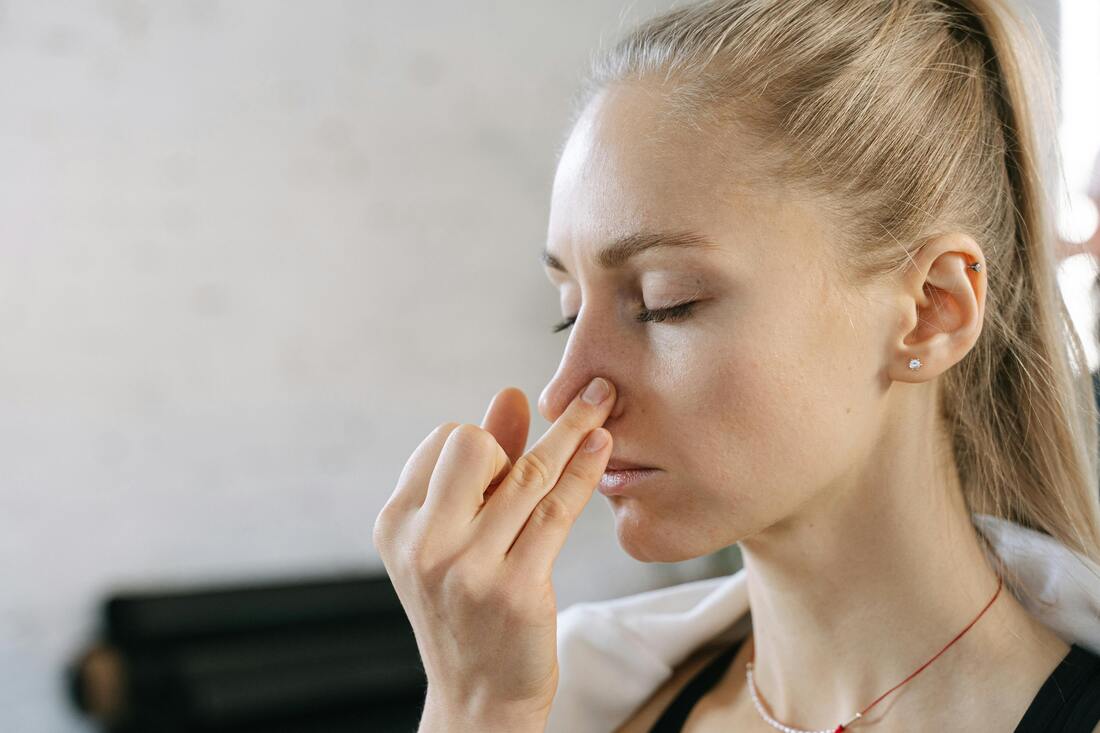Hitting the gym regularly, pushing your limits, and striving for peak performance – that’s the life of an athlete.
But what if there was a hidden tool, readily available and completely free, that could unlock even greater athletic potential?
Enter the power of breathing.

Beyond simply supplying oxygen to your muscles, mastering your breath can significantly enhance your workouts in several ways.
By optimizing oxygen intake, managing stress, and improving focus, specific breathing techniques can help you:
- Boost endurance and power: Deliver more oxygen to your muscles, allowing them to work harder for longer.
- Improve recovery: Speed up the removal of metabolic waste products, leading to faster muscle repair.
- Reduce fatigue: Enhance your ability to manage exertion and maintain focus during intense training.
- Increase mental resilience: Improve your ability to stay calm and focused under pressure, whether it’s during competition or a challenging workout.
Key Takeaways
- Breathing techniques can significantly enhance athletic performance by improving oxygen delivery, managing stress, and boosting mental focus.
- Mastering your breath is a readily available and free tool for athletes of all levels.

Unlocking Your Athletic Potential: Powerful Breathing Techniques
Now that you understand the potential, let’s explore some specific breathing techniques you can incorporate into your training:
1. Diaphragmatic Breathing (Belly Breathing)

This natural breathing technique engages your diaphragm, the dome-shaped muscle below your lungs, for deeper and more efficient breaths.
How to do it
Lie down comfortably on your back with one hand on your chest and the other on your stomach.
As you inhale slowly through your nose, feel your belly rise (not your chest).
Exhale slowly through pursed lips, feeling your stomach sink back down.
Repeat for 5-10 minutes.
2. Pursed-Lip Breathing

This technique helps slow your breathing rate and ease shortness of breath often associated with intense exercise.
How to do it
Inhale slowly through your nose.
Purse your lips as if you’re about to blow out a candle.
Exhale slowly through your pursed lips for twice as long as your inhalation.
Repeat for several minutes.
3. Box Breathing

This simple technique promotes relaxation and focus, ideal for managing pre-workout nerves or regaining composure during a challenging set.
How to do it
Inhale deeply through your nose for a count of 4, hold your breath for a count of 4, exhale slowly through pursed lips for a count of 4, and hold your breath again for a count of 4.
Repeat this cycle for several minutes.
4. Alternate Nostril Breathing (Nadi Shodhana)

This technique balances the nervous system and promotes emotional regulation, helping you stay calm and focused during your workout.
How to do it
Close your right nostril with your thumb. Inhale deeply through your left nostril.
Close your left nostril with your ring finger and exhale slowly through your right nostril.
Inhale again through your right nostril, close it, and exhale through your left nostril.
Repeat this cycle for several minutes, alternating nostrils each time.
5. Breath Holding Drills

These drills can improve your lung capacity and tolerance for high-intensity exercise.
Start with short breath holds (5-10 seconds) after exhaling and gradually increase the duration as you progress.
Remember: Consistency is key! Aim to practice these breathing exercises regularly, both before and during your workouts, to reap the maximum benefits.
Frequently Asked Questions (FAQs)
Q: How often should I practice these breathing techniques?
A: Aim to incorporate these techniques into your warm-up routine before workouts and use them throughout your training as needed. You can also practice them outside of your workouts to improve your overall breathing control.
Q: What if I feel lightheaded during breath-holding drills?
A: Stop the exercise immediately and resume normal breathing. Listen to your body and gradually increase the duration of breath holds as you become more comfortable.
Table: Breathing Techniques for Enhanced Athletic Performance
| Technique | Description | Benefits |
|---|---|---|
| Diaphragmatic Breathing | Deep breathing using your diaphragm muscle. | Promotes efficient oxygen delivery, improves endurance and stamina. |
| Box Breathing | Simple technique with controlled inhalations and exhalations. | Calms the mind, reduces anxiety, improves focus. |
| Pursed-Lip Breathing | Slows breathing rate and manages shortness of breath. | Reduces fatigue, aids in recovery, improves lung function. |
| Alternate Nostril Breathing | Balances the nervous system and promotes emotional regulation. | Manages pre-competition nerves, enhances mental resilience. |
| Lion’s Breath | Energizing breath with forceful exhalation. | Improves lung function, releases tension, boosts energy levels. |
Conclusion

By mastering your breath, you can unlock a powerful tool to enhance your athletic performance.
Incorporate these breathing techniques into your training regimen and experience the benefits of improved oxygen delivery, reduced fatigue, and enhanced mental focus.
Remember, consistency is key!
With regular practice, you can push your limits, elevate your workouts, and reach new athletic heights.
Additional Resources
- American Council on Exercise: Want to Improve Your Performance? Breathe!
- National Strength and Conditioning Association: Balancing the Autonomic Nervous System by Breathing
Disclaimer: This blog is for informational purposes only and should not be construed as medical advice. Please consult with your healthcare provider before starting any new training program or incorporating breath-holding exercises.
